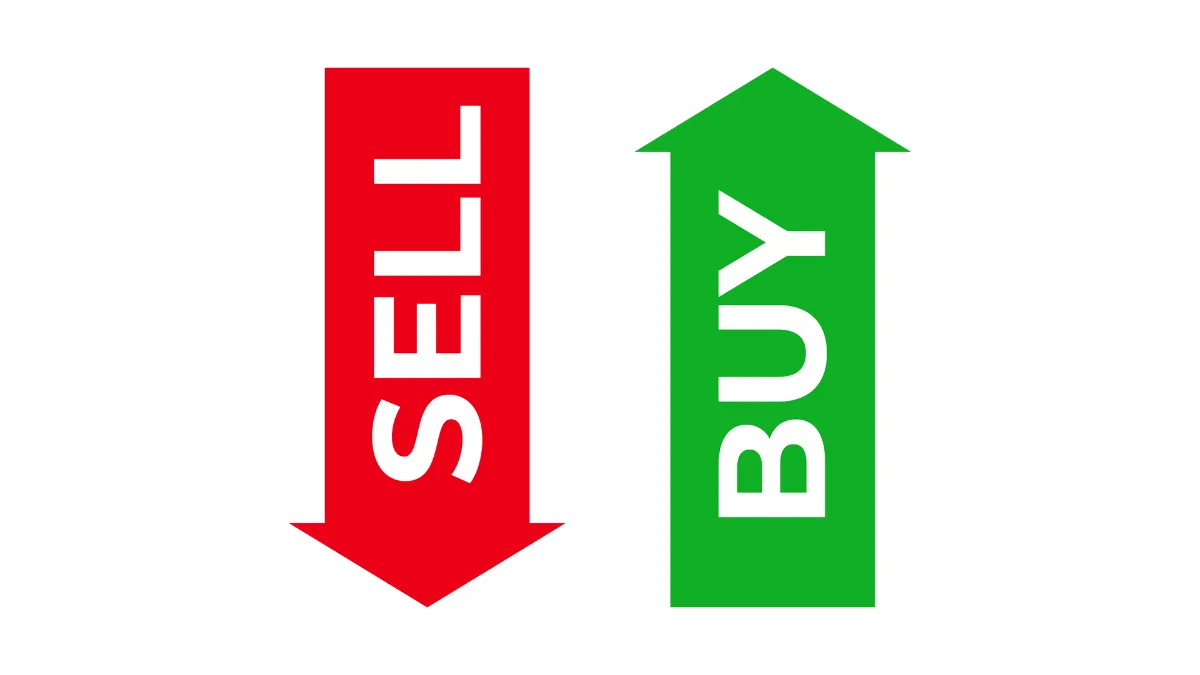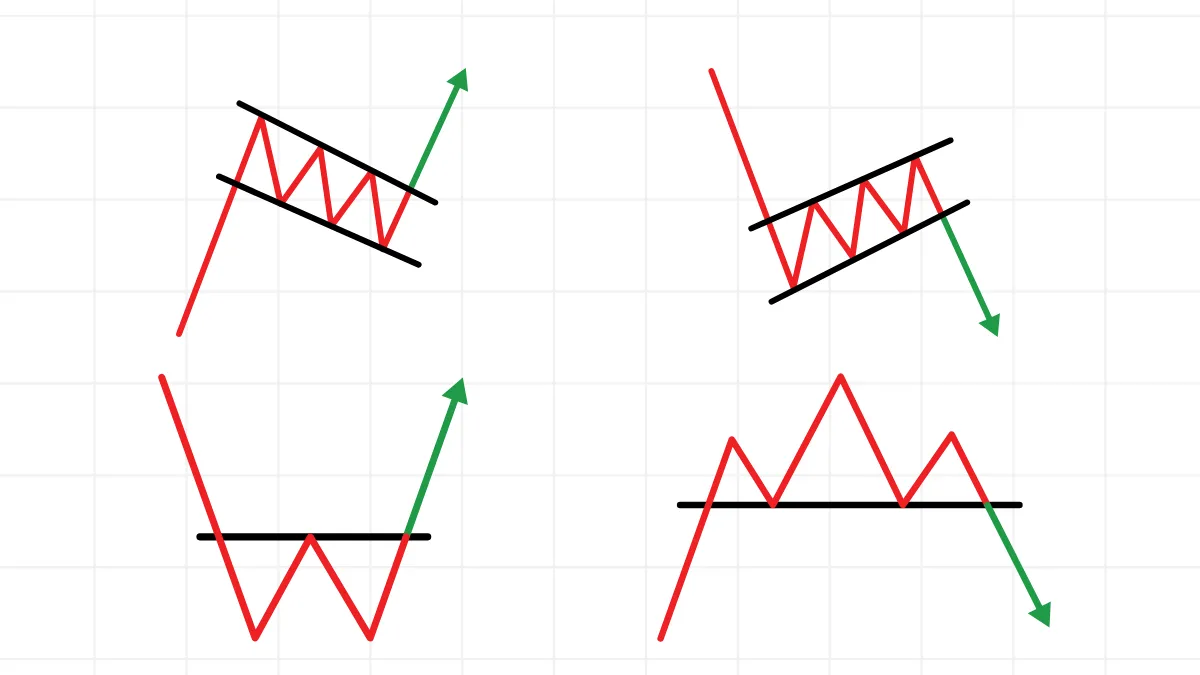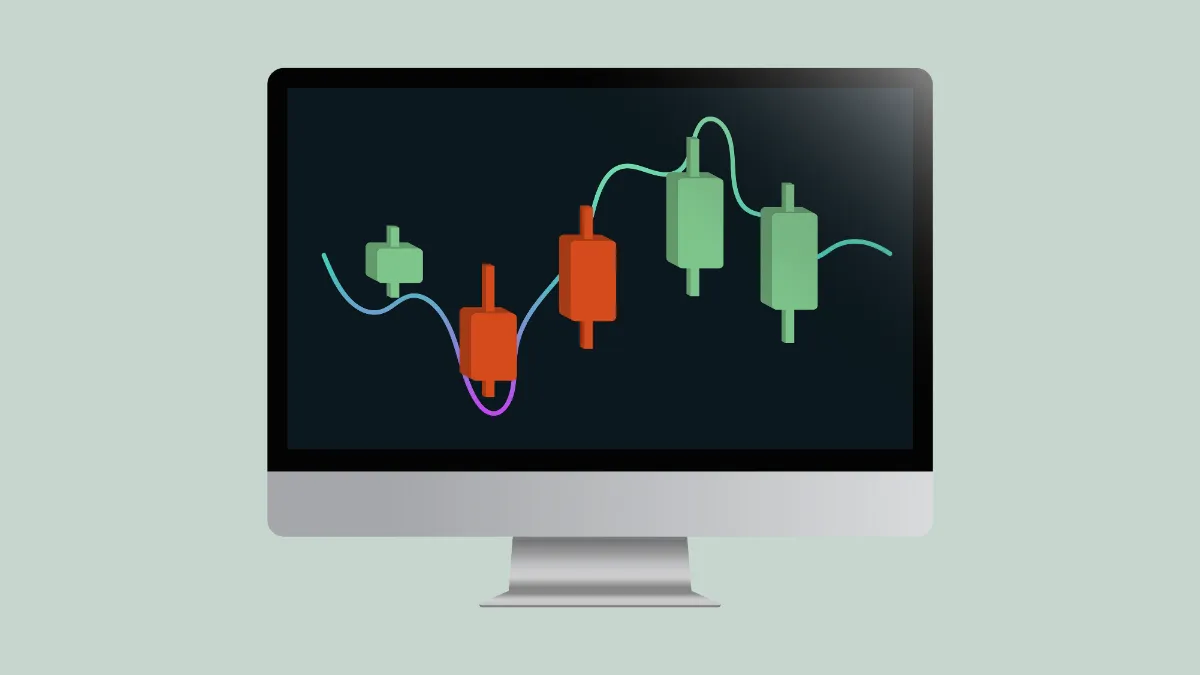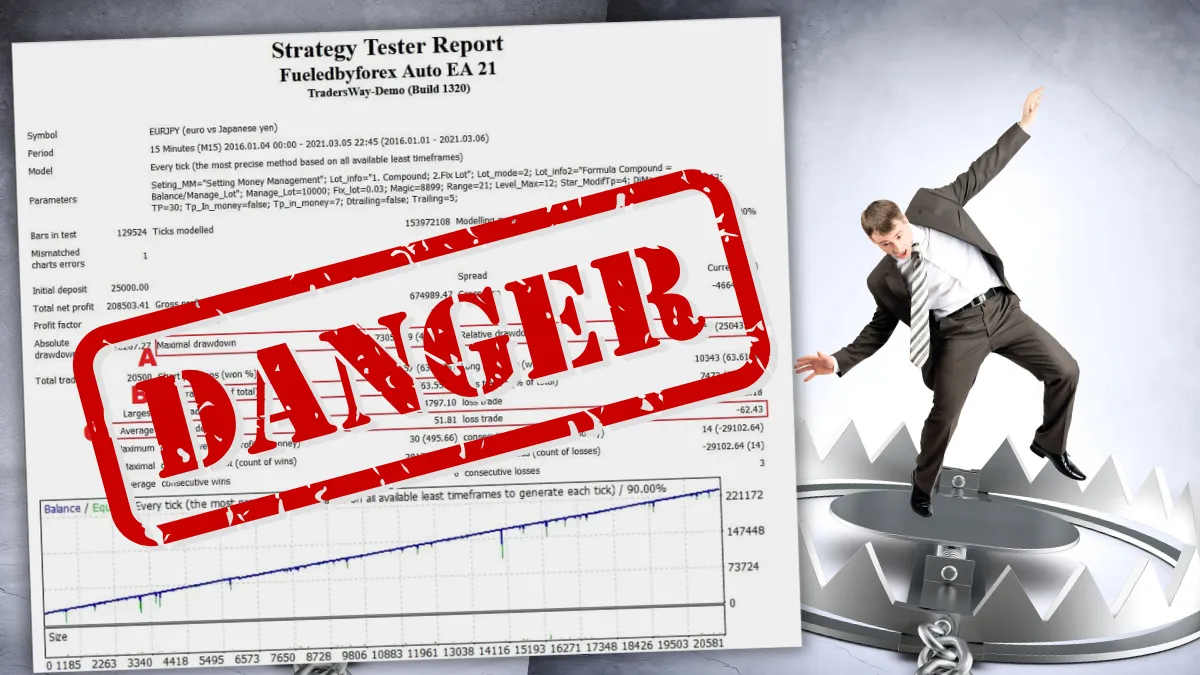When to Buy or Sell Currency Pairs
In the foreign exchange market, one of the keys to success is knowing when to buy (go long) or sell (go short) a currency pair. This requires a deep understanding of market trends and the ability to make correct trading decisions based on various economic data, technical indicators, and market sentiment. Here are several key factors to help you determine when to buy or sell currency pairs.
1. Analyze Market Trends:
Understanding the direction of market trends is the first step in making buy or sell decisions. Market trends can be divided into three types:- Uptrend: If the price of a currency pair continuously reaches new highs and the trend is steadily upward, it indicates a bullish market. In this case, you should consider buying (going long) that currency pair.
- Downtrend: If the price continues to decline and reaches new lows, the market is in a downtrend. At this time, you may consider selling (going short) that currency pair.
- Consolidation Trend: If the price fluctuates within a range without a clear upward or downward trend, the market is in a consolidation phase. At this time, trading strategies may need to wait until a clear trend direction is broken before buying or selling.
2. Fundamental Analysis: Economic Data and Global Events
The foreign exchange market is greatly influenced by global economic, political, and social events. Fundamental analysis helps you understand how these events affect the value of currencies and identify opportunities to buy or sell.- Economic Data: Such as GDP, employment reports, inflation rates, and retail sales data, all of which can have a direct impact on currency prices. For example, if the economic data released by the United States is strong (such as GDP growth exceeding expectations), it usually drives the US dollar to appreciate, at which point you may consider buying USD-related currency pairs (such as USD/JPY).
- Central Bank Policies: The interest rate decisions and monetary policies of central banks also affect exchange rate trends. For example, if the European Central Bank raises interest rates, it may attract more foreign investment into the Eurozone, driving the euro to appreciate, at which point you may consider buying EUR/USD.
- Geopolitical Events: Major events such as political elections, wars, or trade agreements often trigger significant fluctuations in currencies. Understanding the potential impacts of these events helps in determining when to buy or sell.
3. Use of Technical Indicators:
Technical indicators can help you make buy or sell decisions at the right time. Here are some commonly used technical indicators:- Relative Strength Index (RSI): RSI is used to determine whether the market is overbought or oversold. When RSI exceeds 70, the market is in an overbought state, and a pullback may occur, at which point you may consider selling; when RSI is below 30, the market is in an oversold state, and a rebound may occur, at which point you may consider buying.
- Moving Average Crossovers: When the short-term moving average (such as the 50-day moving average) crosses above the long-term moving average (such as the 200-day moving average), this is a buy signal; conversely, when the short-term moving average crosses below the long-term moving average, this is a sell signal.
- Moving Average Convergence Divergence (MACD): This indicator is used to determine the strength and direction of trends. When the MACD line crosses above the signal line, it indicates a potential upward trend, and you can buy; when the MACD line crosses below the signal line, it indicates a downward trend, and you should consider selling.
4. Support and Resistance Levels:
Support and resistance levels are important concepts in technical analysis. These are levels where prices often reverse or stall, and traders can use them to decide when to buy or sell.- Support Level: This is a level where prices often bounce back during a decline. When prices approach the support level, traders may consider buying, as the support level may prevent prices from falling further.
- Resistance Level: This is a level where prices often encounter resistance during an uptrend. When prices approach the resistance level, traders may consider selling, as the resistance level may suppress prices from rising further.
5. Market Sentiment and Risk Events:
Market sentiment and risk events also play a key role in determining when to buy or sell currency pairs. Understanding the emotions of market participants, such as fear or greed in the market, can help you judge whether prices are overreacting.- When market sentiment is overly pessimistic, prices may have already been oversold, and this may be a buying opportunity.
- When market sentiment is overly optimistic, prices may have already been overbought, and this may be a selling opportunity.
- Risk events, such as sudden political instability, unexpected economic downturns, or significant changes in central bank policies, often have a huge impact on exchange rates, and these are things traders need to closely monitor.
Conclusion:
Knowing when to buy or sell currency pairs requires a comprehensive consideration of various factors, including market trends, economic data, technical indicators, and market sentiment. By mastering these analytical tools and combining them with real-time market information, you can make more precise trading decisions, thereby achieving profits in the foreign exchange market.Hi, We are the Mr.Forex Research Team
Trading requires not just the right mindset, but also useful tools and insights.Here, we focus on Global Broker Reviews, Trading System Setup (MT4 / MT5, EA, VPS), and Forex Trading Basics.
We personally teach you to master the "Operating Manual" of financial markets, building a professional trading environment from scratch.
If you want to move from theory to practice:
- Help share this article to let more traders see the truth.
- Read more articles on Broker Tests and Forex Education.





